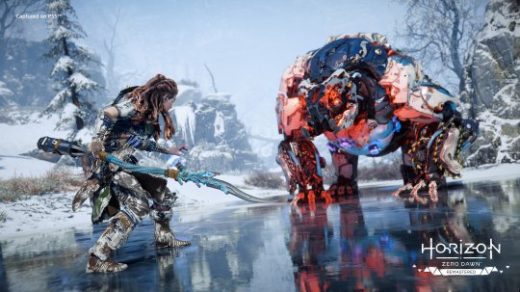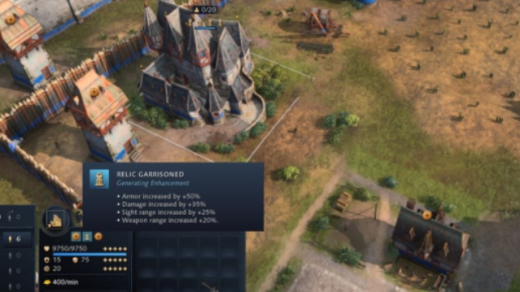01 Introduction

Outerplane is a turn-based RPG developed by VGAMES and published by Smilegate. Both the development and publishing teams have impressive backgrounds—the former includes members of the Closers game team, known for their expertise in 3D cartoon rendering, while the latter is behind the popular “Summoner’s War-like” mobile game Epic Seven. With such a strong lineup, Outerplane is positioned as a promising contender, blending the currently trending “second-dimension” theme with the stable appeal of a fantasy isekai setting. But does it truly live up to these expectations?
02 A Standard Game Structure
The storyline of Outerplane is straightforward: the protagonist, originally from Earth, is summoned to a fantasy world where they embark on a series of adventures with new companions. The game prioritizes an exhilarating experience over deep lore, allowing players to skip the story entirely if they wish and jump straight into battles.

The game’s rapid pacing, coupled with strategic combat elements, makes it engaging. It features eye-catching visuals and exciting systems like Skill Chains and Skill Bursts, which deliver a thrilling experience with dynamic camera effects and particle visuals when chaining skills or using special attacks.

The game offers multiple play modes, including quests, dungeons, and PvP. Quests are split into main and side missions, awarding players with experience and rewards. PvP modes include arenas and guild wars, while dungeons offer both solo and multiplayer content. The PvE portion is relatively short, with late-game PvP being the main focus, featuring non-real-time battles.

Despite the solid overall design, the combination of “anime aesthetics, fantasy theme, and strategic turn-based combat” inevitably invites comparisons to major recent titles. In terms of character modeling, environment design, and mechanics, Outerplane doesn’t quite reach the level of its predecessors, as reflected in its lukewarm reception in the international market and limited traction on platforms like YouTube.


03 Unique Features
Despite its challenges, Outerplane has unique attributes, although not immediately apparent. Unlike most turn-based RPGs, speed is the central combat attribute here. Speed stats can be significantly boosted through equipment, making gear collection essential for dominating the PvP arena. The game also introduces a mechanism to lower the over-reliance on speed in PvP, adding accuracy and evasion as key attributes, allowing players to counterbalance speed-based advantages with strategic equipment choices.

The game’s balance approach includes restricting players’ action points, allowing them to play more casually without feeling overly committed. This is designed to make the game enjoyable for both new players and longtime users.


04 An “Eighth Epic”?
Although Smilegate only publishes Outerplane, its similarities to Epic Seven have led some to nickname it the “Eighth Epic.” The term “Summoner’s War-like” originated with Summoner’s War, which inspired a host of similar titles, including Epic Seven and Onmyoji. Outerplane adopts some strengths from these games, such as user-friendly mechanics, a satisfying progression system, and strategic depth.

Nevertheless, in today’s highly competitive market, simply matching previous titles is not enough. To stand out, Outerplane has added elements like double-speed combat and a late-game sweep function for faster character progression compared to Epic Seven, catering to the casual mobile gamer’s appetite for quick, satisfying play sessions.

05 Conclusion
In summary, Outerplane is a solid yet unremarkable addition to the increasingly crowded anime-style RPG genre. It lacks any standout features to make it truly shine, which is reflected in its underwhelming market reception. Had it launched a few years ago, it might have fared better. However, for those seeking an alternative to Epic Seven’s prolonged progression, this “Eighth Epic” offers a faster-paced, enjoyable experience.




